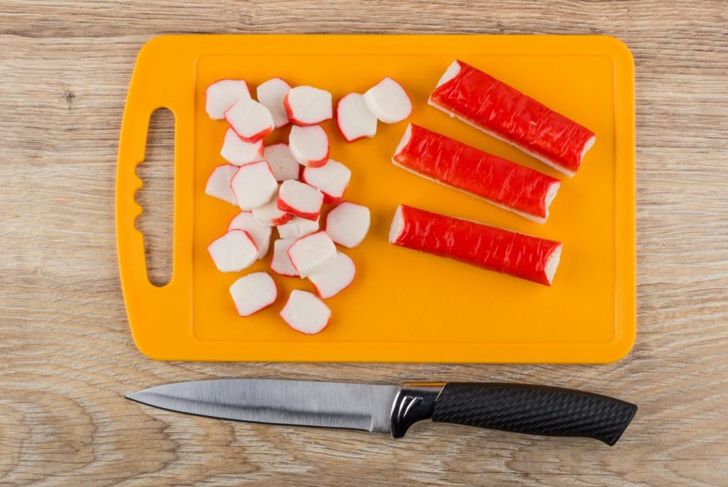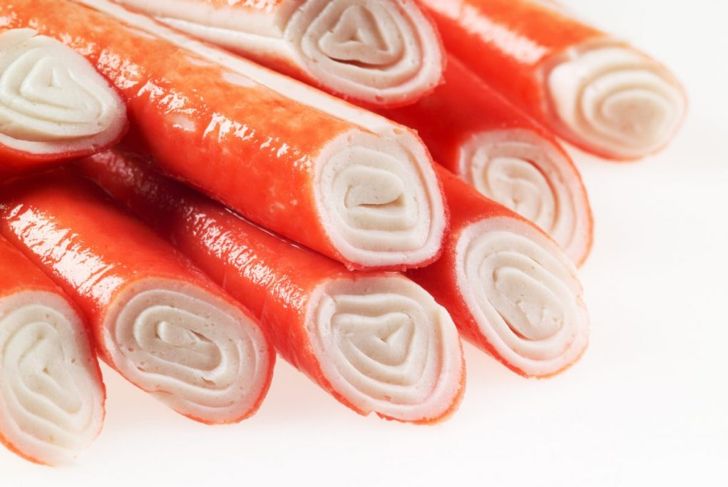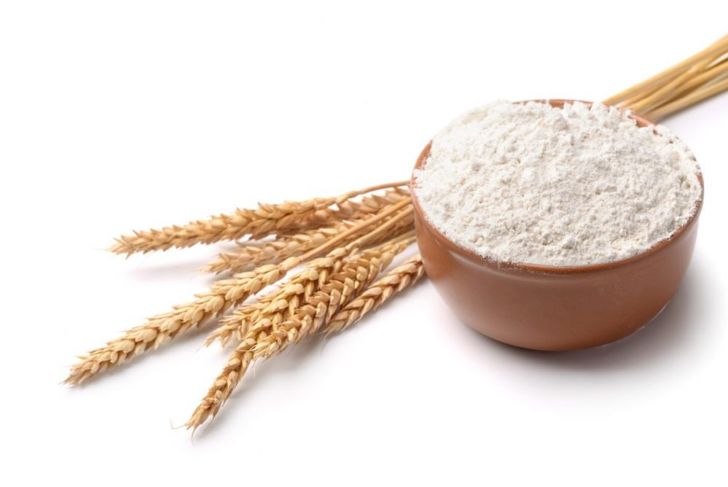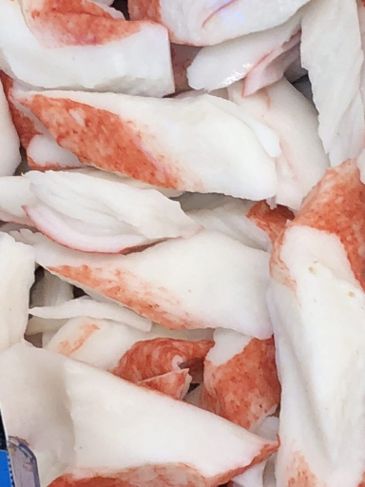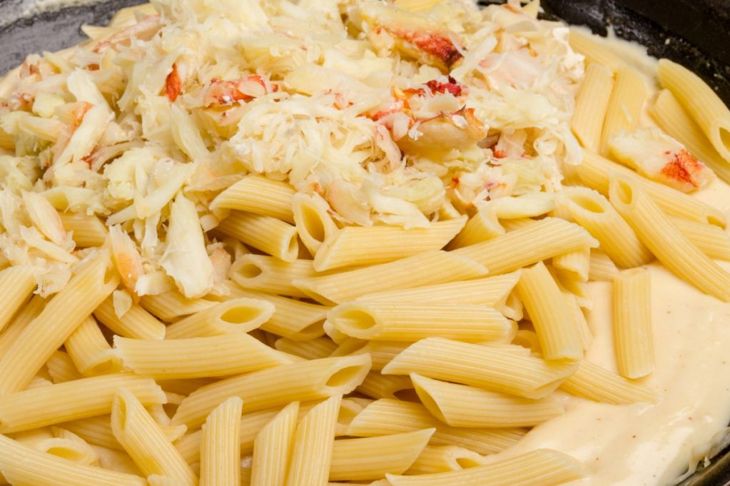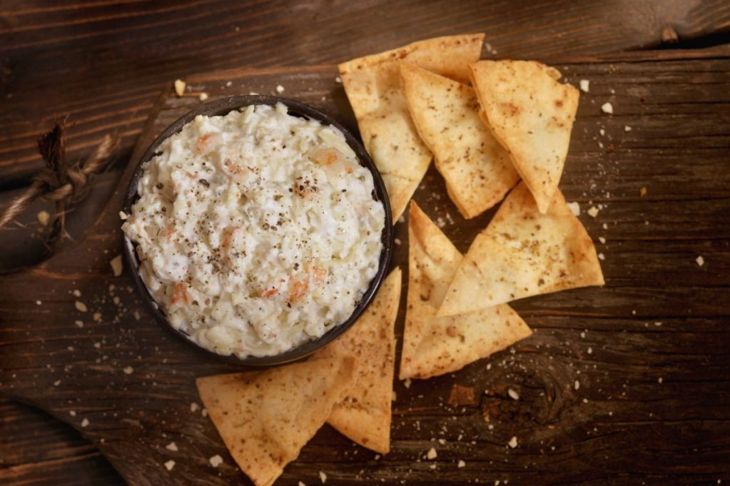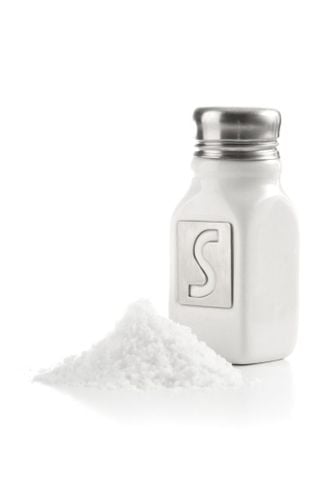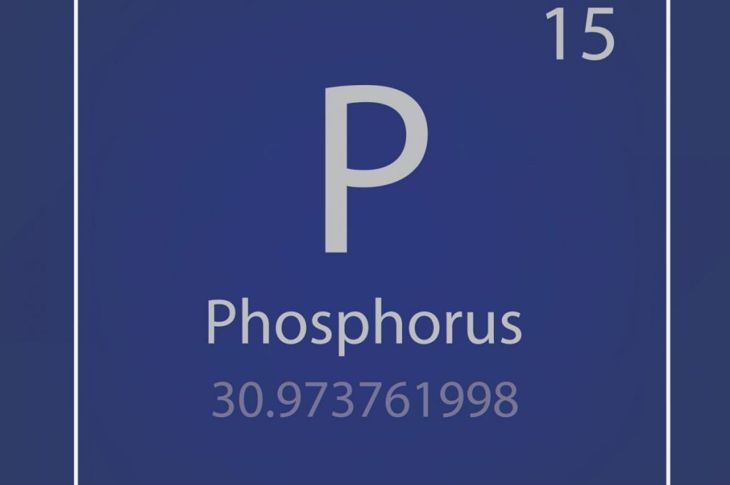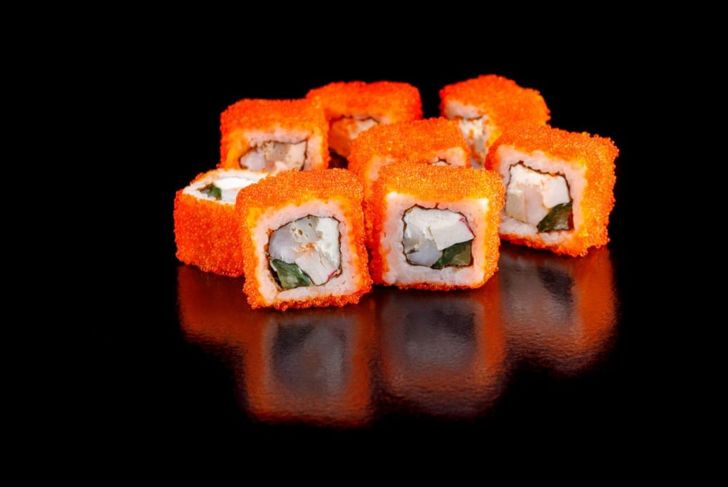Considering today’s grocery prices, crab meat is a luxury most people cannot afford. However, rather than give up a tasty seafood treat, many consumers turn to imitation crab meat. Doubters may ask themselves, what is imitation crab meat? Given the name, it should come as no surprise that this food does not contain any crab. Most imitation crab is actually made from pollock or another type of simple white fish. Chances are, if you have ever enjoyed sushi in a Japanese restaurant, you have had imitation crab in some shape or form.
Less expensive than the real thing
You do not have to give up your cravings for crab based on budget alone. Imitation crab meat may not be actual crab, but you still get that seafood taste. Most local grocery stores carry this tasty option, and it is much cheaper to buy a few packages of imitation crab than a small container of real crab. If you do not mind knowing you are not actually consuming crab, imitation crab meat can be the perfect alternative.
Imitation crab meat is popular
The word “imitation” doesn’t appear to turn people off this food. In 2010, Americans consumed twice as much pollock, or imitation crab, as crab itself. Perhaps this can be credited to sushi’s rise as an entree of choice, or maybe it means consumers love saving money.
Imitation crab meat is not gluten-free
True crab meat is gluten-free, but anyone on a strict gluten-free diet will want to avoid imitation crab. Various starches, including wheat, corn, tapioca, and soy are added to most imitation crab meat. The faux food can be shaped into anything to make dishes more appealing, thanks to the starches that give it shape.
Surimi is used in place of crab
Surimi almost sounds like another Japanese delicacy, something you may see on the menu next to the sushi and sashimi. However, the truth is, surimi is made of different kinds of fish ground together into a paste. This is how imitation crab gets its start. Starches, artificial flavors, sodium, and even sometimes monosodium glutamate (MSG) is added. Most of the time, the additives are intended to mimic the taste, texture, and color of real crab legs.
You can cook with imitation crab meat
Cooking with imitation crab meat means a lot more than just chopping slices into a salad. Imagine making crab macaroni and cheese. Whether you cheat and add imitation crab to a box of macaroni and cheese, or make it from scratch, it is a good kitchen shortcut. Since the meat is already cooked, it’s best to wait to add it until the final minutes of the cook time, so it gets warmed through but not overcooked.
Imitation crab meat is good served chilled
If you like getting your servings of omega-3 fatty acids in snack form, most grocery stores sell imitation crab meat as sticks. Pick up some seafood cocktail sauce and dunk away. Add some zesty flavor to pasta salad by including some chopped meat. If you are serving a lot of people, purchasing imitation crab meat for a crab dip will help your budget, and none but the most ardent foodies will know the difference.
Imitation crab meat is salty
Sodium is usually added to imitation crab meat to give it flavor, which means it contains more sodium than real crab meat. When using the faux meat in dishes intended for the real version, you may want to modify the amount of salt you add. Keep in mind: potassium chloride can also be added to imitation crab meat; the salt substitute is linked to cardiovascular distress, muscular weakness or paralysis, and gastrointestinal issues.
A good source of phosphorus
Phosphorus promotes strong bones and teeth and better muscle growth. Despite being a processed food, imitation crab can serve as a suitable post-workout snack, and can also improve tooth strength. This salty snack is a good substitute for lean meat.
Equal calorie content to real crab
Despite having starches and additives, imitation crab meat has just about the same calories as real crab. However, when you consider the nutrients found in real crab versus imitation crab meat, real crab meat is the better choice. The added starches in the imitation crab put it into a higher carbohydrate bracket. If you are following a low-carb diet, imitation crab might throw you off course.
The crab in the California roll
The art of sushi is all about the roll. You need the proper sticky sushi rice and ingredients that will form the roll properly. Imitation crab meat is the most logical choice for crab-containing sushi rolls, as it is very malleable. The California roll is one of the most popular sushi dishes, and usually contains imitation crab meat along with the cucumber and avocado. All these ingredients hold up well, even when dunked in soy sauce or wasabi.

 Home
Home Health
Health Diet & Nutrition
Diet & Nutrition Living Well
Living Well More
More